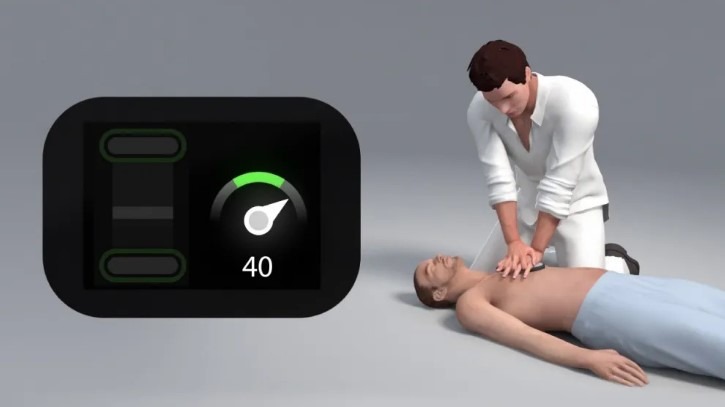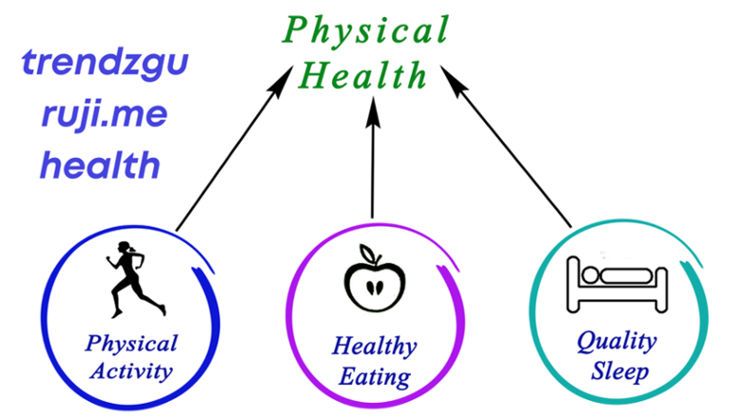How Mental Health Curriculums Are Helping Take the Shame Away from Getting Help

The World Health Organization estimates that at least 5% of adults have depression globally. In the United States, this number is estimated to be higher, as 1 in 5 adults are thought to live with a mental illness. Most of us will experience mental health struggles at some point in our lives, so why is there still so much stigma?
The Problem
Especially for young people, the stigma surrounding mental health problems is stifling. And when children and teenagers don’t have the means to seek help for the symptoms they can’t fully understand, the risks are infinitely greater. Opening the conversation and eliminating feelings of shame are essential in ensuring kids have access to mental health care when they need it.
But, the confidence to ask is only half of the problem. Mental health care for young people is severely under-serviced, as hundreds of suicidal teens sleep in emergency rooms every night while awaiting their desperately needed help. The COVID-19 pandemic brought a new ‘pediatric pandemic’ of suicide. Compared with pre-COVID times, depression, anxiety, trauma, and loneliness have soared to unprecedented rates.
As schools went online, mental health problems in children became more challenging to notice and therefore treat. Many children and adolescents lost their social circles entirely as they had to spend extended periods in pressurized family environments. New methods of keeping track of mental health in a remote learning environment have arisen to try and keep students safe through the most tumultuous periods of the pandemic.
The Solution
Loretta Whitson, executive director of the California Association of School Counselors, knew that the issue had gone too far last year. She learned of a young girl who rejected school-based mental health support after being mocked and teased by her peers for doing so. Considering the mental health crisis currently faced by schools in California, this has to change.
But how do we destigmatize mental health after it has been a taboo topic for so long? For Whitson and State Senator Anthony Portantino, the answer was clear—education. The lines between social and health policy are increasingly blurred, and destigmatizing mental health starts with the school curriculum. Access to standardized education surrounding common mental health problems gives kids the language needed to discuss and understand them.
Offering a free mental health curriculum for middle school and high school children will help destigmatize mental illness while equipping young people with the tools to manage their symptoms. For example, mindfulness techniques can reduce feelings of stress and physical activity can help with depression and anxiety. This curriculum teaches children and teens to recognize problems and ease mild symptoms.
The Future
Opening the conversation for school children will answer their questions before they even need to ask. As more are seeking help, new mental health practices are opening to help too. Take, for example, Geode Health, a mental health provider with locations opening everywhere from Chicago, IL to Frisco, Texas. Access to mental health services should be available to everyone who needs them.
The question “how to ask for help with mental health” should be one that everyone knows how to answer. With the help of mental health lessons for high school and middle school children, this could soon be a reality in California. The fight against stigmatization leads to a larger question about access to resources. Is there sufficient capacity to offer mental health services to those who need it?
Mental health awareness organizations have been fighting to put the youth first by giving them access to the support they need. The American School Counselor Association recommends that schools maintain a ratio of 250 students per counselor, and some work still needs to be done to reach this target. But, opening the conversation to provide access to young people is the first step on a long journey towards improved mental health for kids.
Compulsory mental health curriculums teaching middle and high school students are becoming popular nationwide. As of 2021, fourteen states had passed K-12 legislation on mental health education. These dive into the symptoms of common mental health problems like depression, anxiety, eating disorders, post-traumatic stress disorder, and bipolar disorder.
Mental health support starts with noticing, so helping people identify their symptoms before they become unmanageable is essential in fostering a helpful environment. No child should have to suffer in silence with toxic or suicidal thoughts, and creating an openness around these difficult conversations is the best way to do this.





